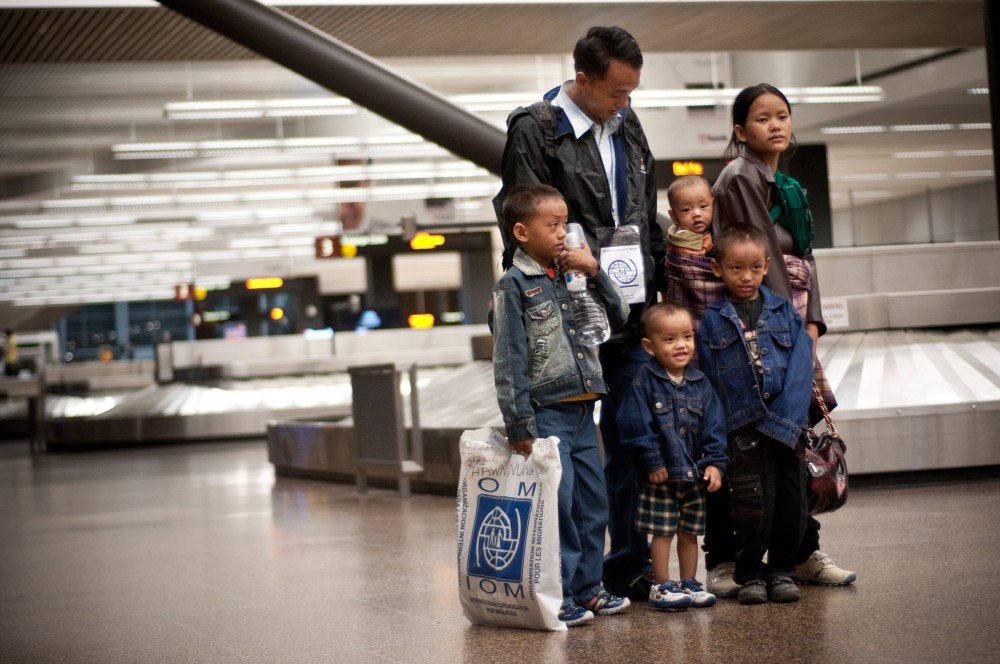Faith-based refugee aid groups struggle to stay open
Over the past two years, the nation’s refugee resettlement system has been slowly dismantled.

Every morning when Khadra Abdo wakes up, her mind turns to her children.
“My first thought is that I hope they are safe today, and that stays on my mind throughout the whole day,” Abdo, 40, said through an interpreter provided by Church World Service, which resettles refugees.
She was separated from her five oldest children 12 years ago when she and her husband fled civil war twice—first in Somalia, then in Libya. When they arrived in Columbus, Ohio, in 2012, her four teenage daughters and one son were living with her 75-year-old mother in Ethiopia. She filed a request for them to join her through World Relief.





